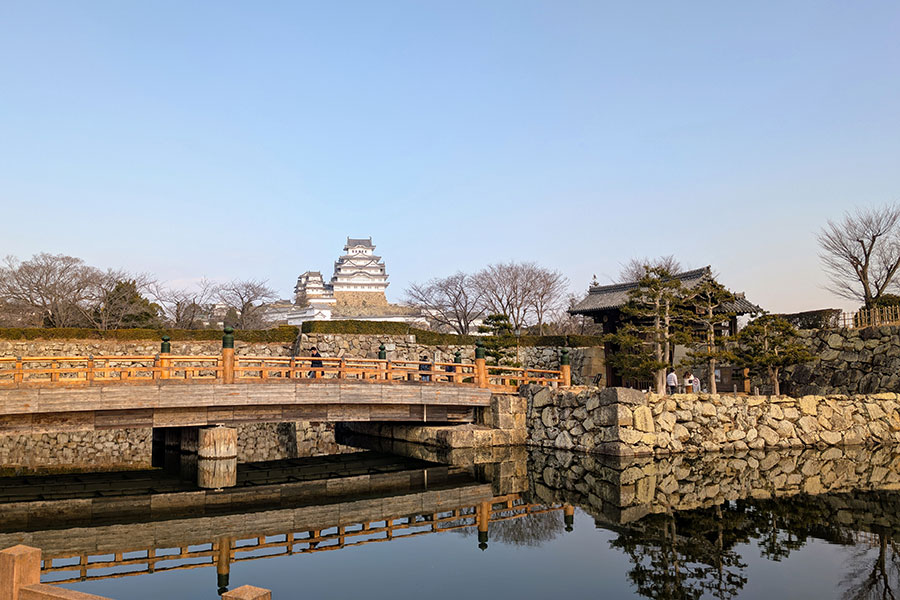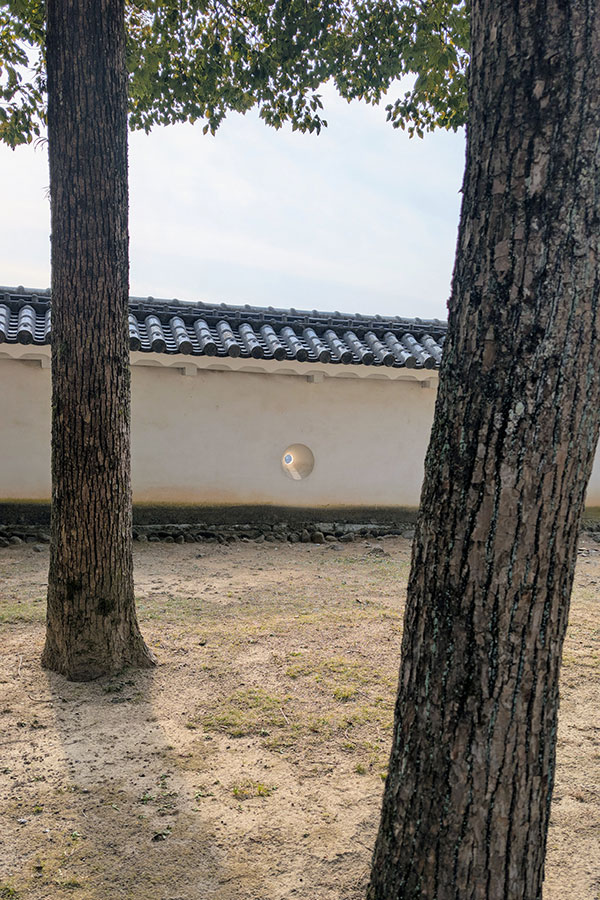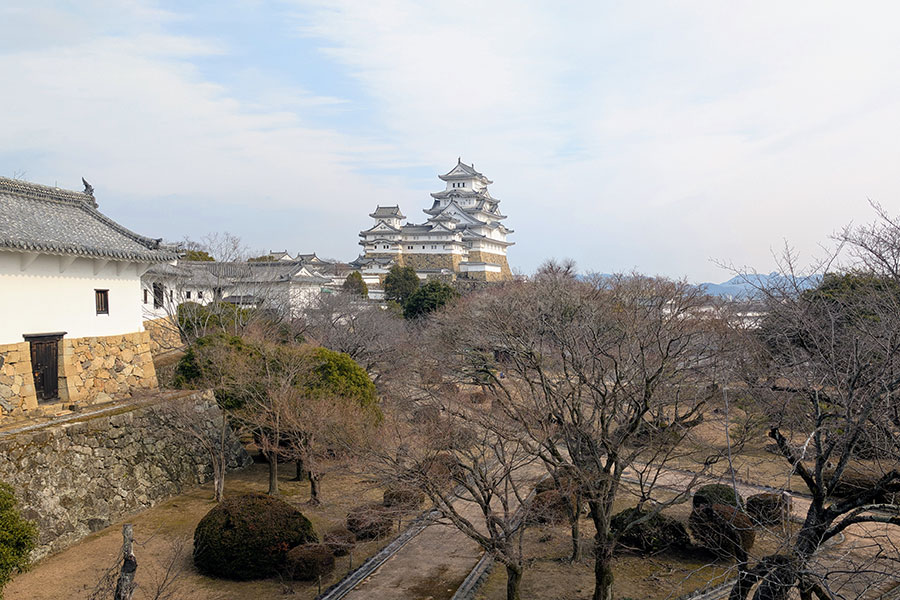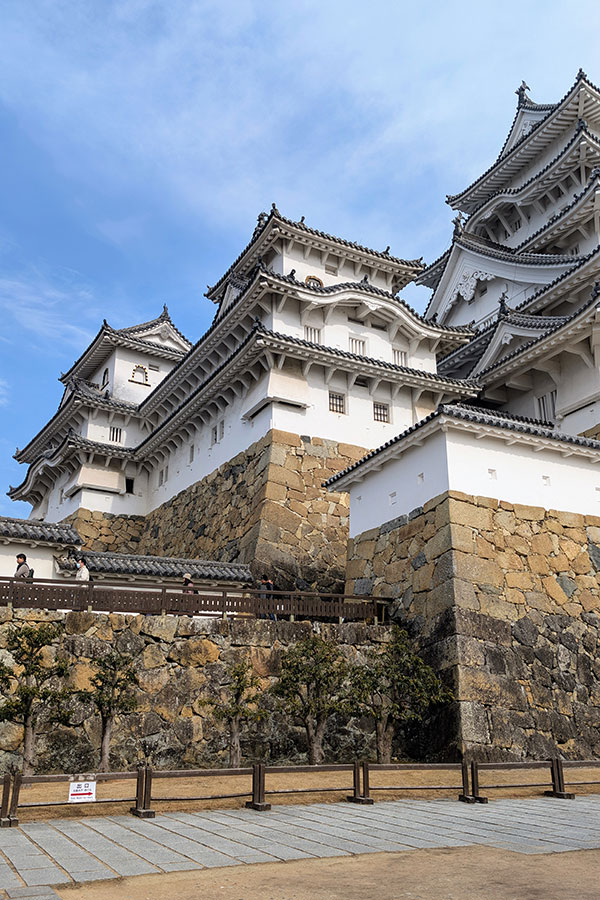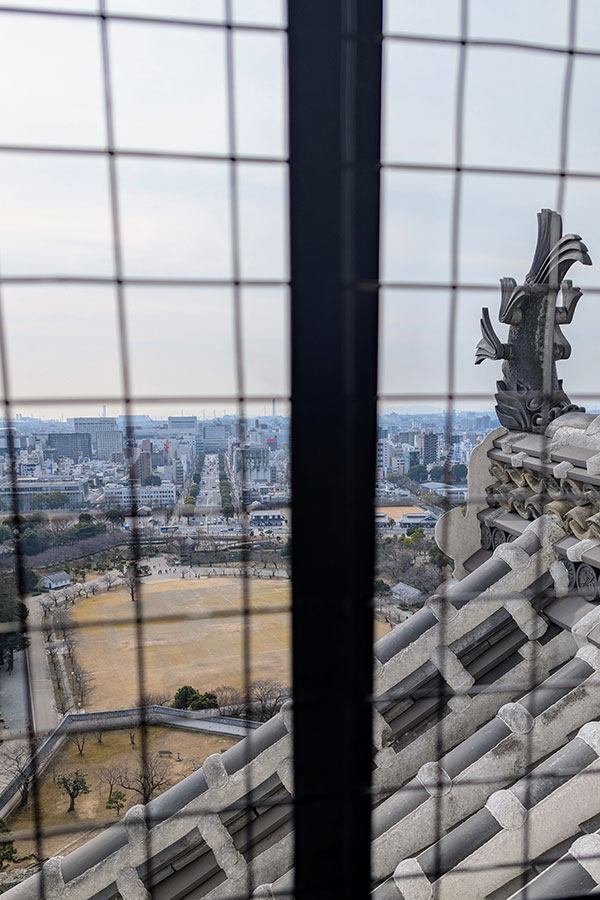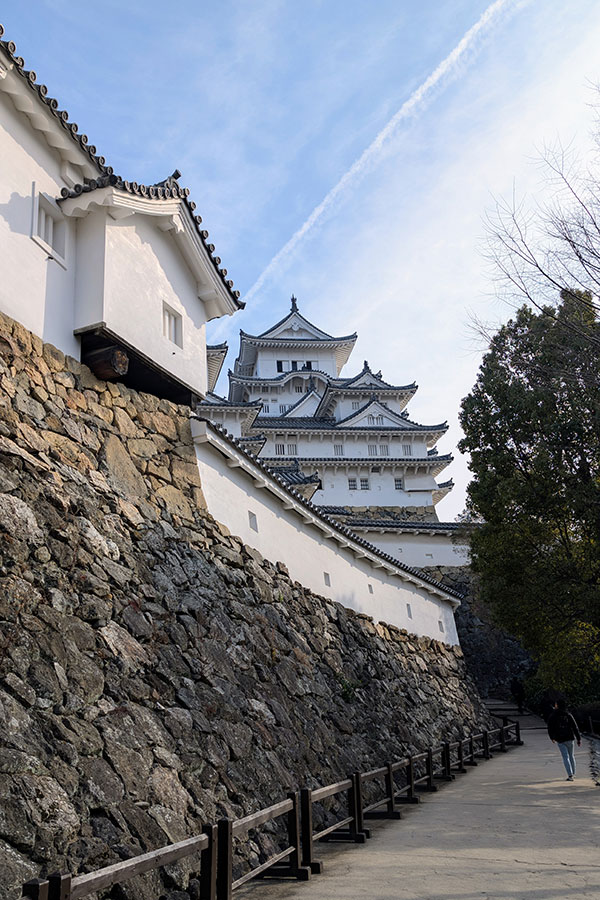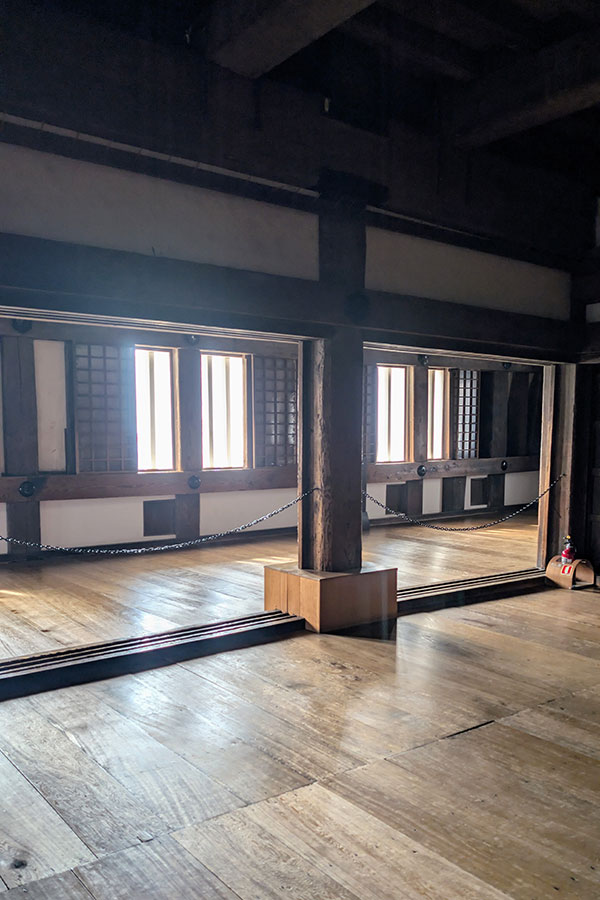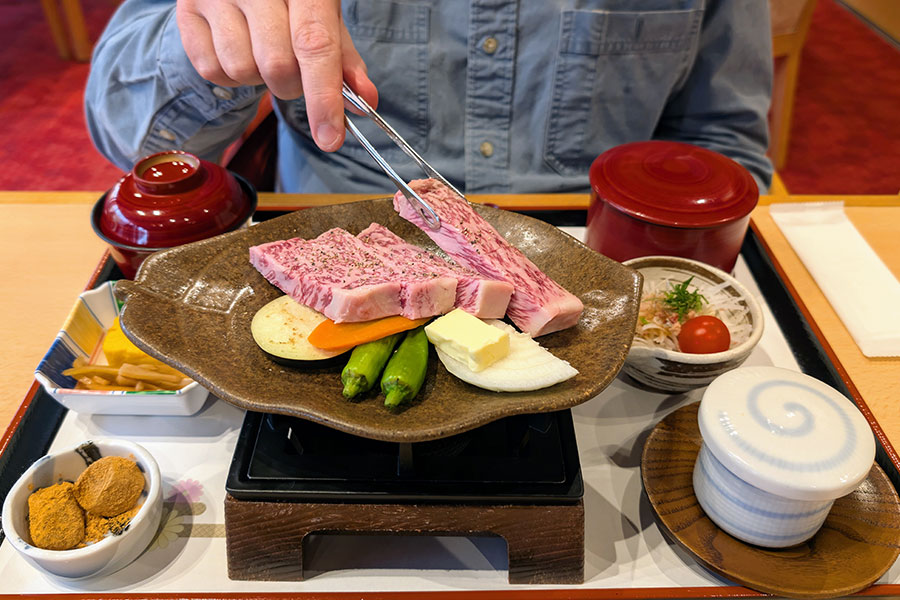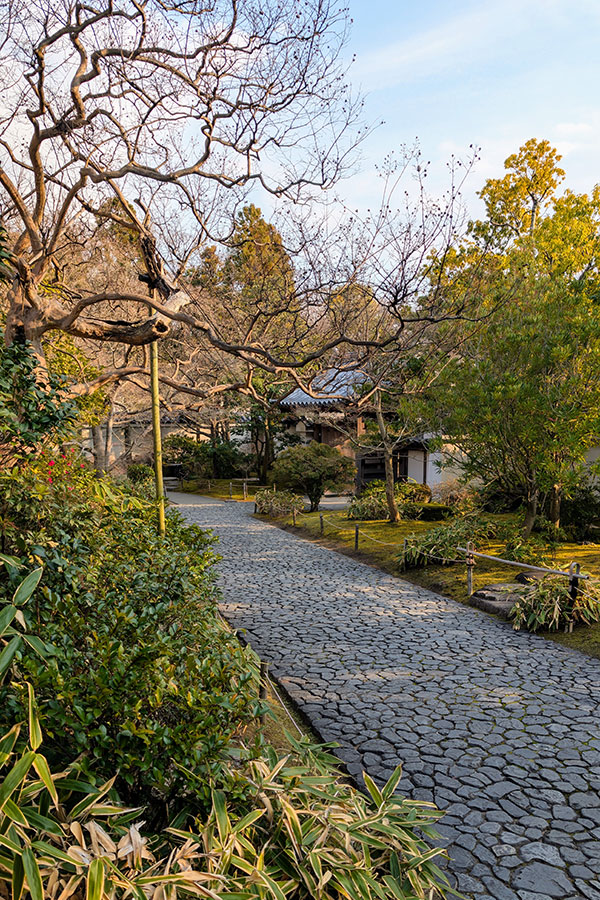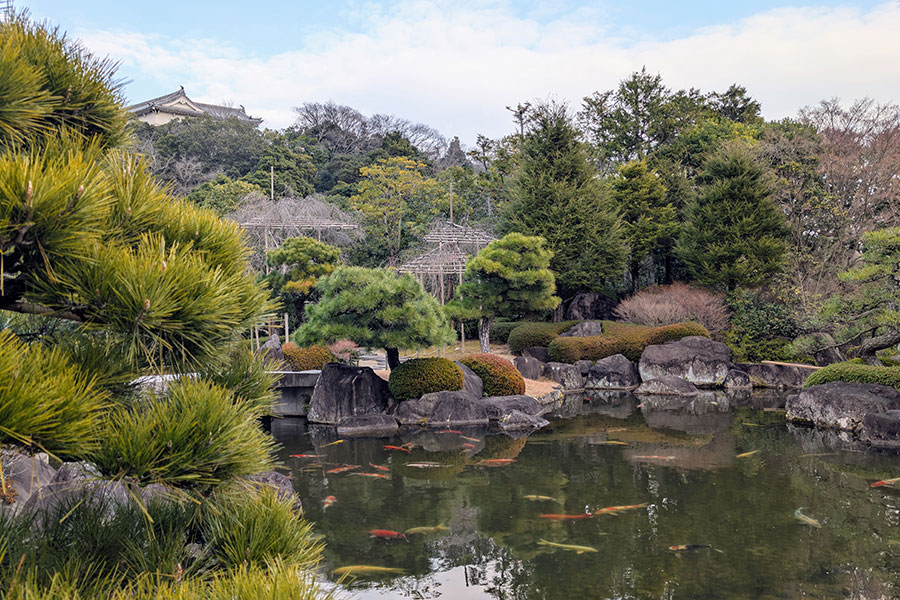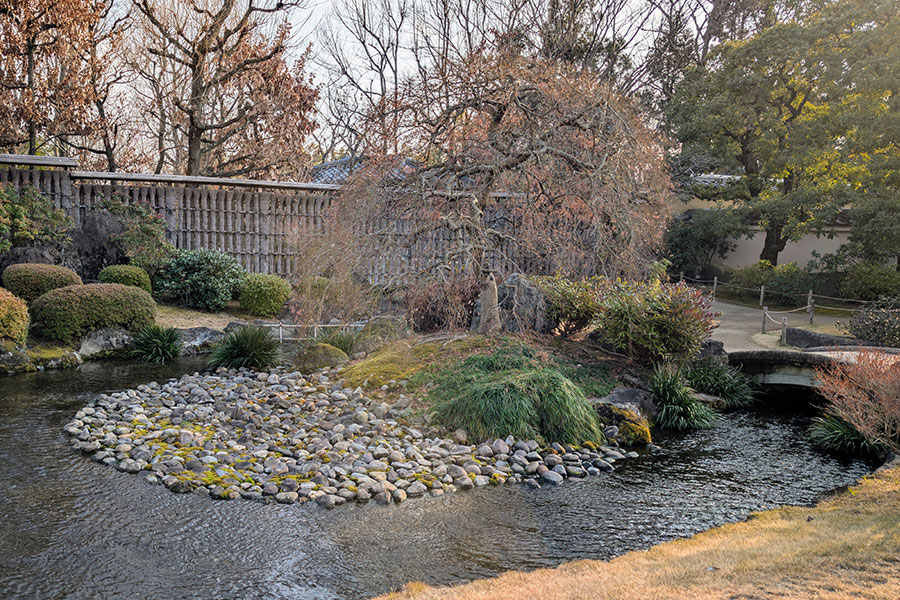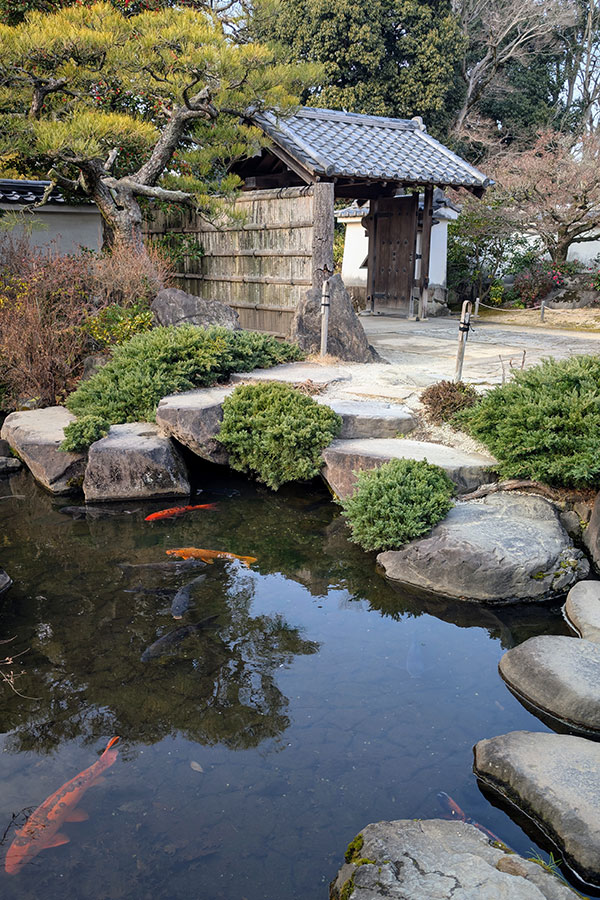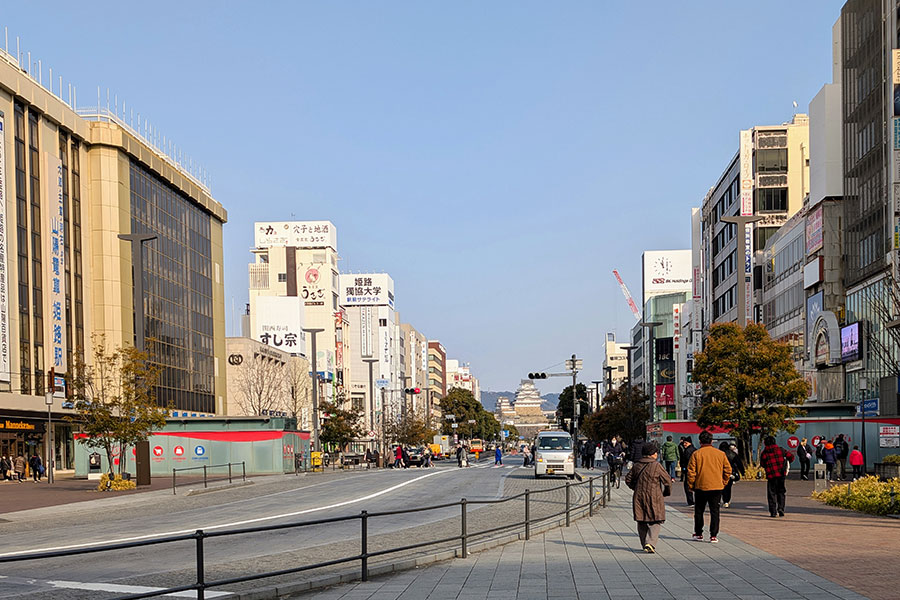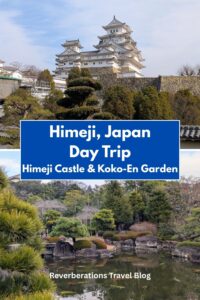Across Japan, there are only twelve original castles left. In the charming city of Himeji is Himeji Castle, Japan’s most famous and best-preserved castle. The UNESCO World Heritage Site is remarkable to experience–whether from inside, climbing to the top, or from outside, marveling at its architecture.
In addition to this must-see fortress, Himeji offers a walkable downtown and the beautiful, noteworthy Koko-en Garden.
Whether you’re a first-time visitor, a history lover, or a photographer, here’s everything you need to know for a perfect day trip to Himeji!
Experiencing Himeji Castle
The first stop on a day trip to Himeji should be the castle: the most visited castle in the country and one of its first UNESCO World Heritage Sites.
History of Himeji Castle
The castle dates back to the 14th century when it began as Himeyama Fort, later becoming a castle built on a hill by Akamatsu Norimura. In the mid-1500s, it was renovated by Kuroda Shigetaka, whose clan was stationed there, into Himeji Castle.
The site underwent a major facelift in the early 1600s when Tokugawa Ieyasu gifted the castle to his son-in-law, Ikeda Terumasa, following the Battle of Sekigahara. The project took nearly a decade and saw an existing three-story keep demolished and replaced with the five-story keep that stands today.
A further renovation took place around 1617, when Honda Tadamasa inherited the castle. This round of renovations added buildings, including the Kesho (Ornamental) Tower for his daughter-in-law, Princess Sen, in the West Bailey Long Gallery.
During the Meiji Period (1868–1912), attitudes changed, and many castles around the country were demolished. Himeji Castle almost saw the same fate, but luckily, an army colonel, Nakamura Shigeto, decided to spare it. Instead, it served the military for many years.
Remarkably, despite heavy bombing in the area during World War II, the castle remained largely intact. A modernization and preservation project was undertaken starting in 1956.
Inside Himeji Castle
The approach to Himeji Castle, also known as the White Heron Castle, is similar to how it must have been for centuries. Sure, the surroundings have changed, but the castle still sits mightily on the hill, dominating the landscape.
Visitors first head through the Hishi (Water Chestnut) Gate, the main entrance to the castle, and navigate the walkways and passages, entering narrow, low gates. It leads past stone walls stacked high and moats that once acted as a deterrent, but are now home to local birds, looking for a bath or a meal. It’s hard not to be impressed by the sheer scale of it all.
Admission to the castle includes access to the interior, entering through the basement. Inside, there are some modest exhibits offering context for how rooms may have been used, weapons that may have been stored there, and how it all may have looked. But the interior is largely empty, giving visitors room to roam, soak it all in, and gaze out the nearly 1,000 firing holes for guns and bows that provide stunning views onto the castle grounds and surrounding Himeji.
The castle’s main keep has six floors in addition to the basement, with a stone foundation. The central keep is over 45 meters high, one of the tallest wooden keeps ever built in the country. The self-guided tour leads visitors through the castle, climbing up steep ladder-like stairs to reach the peak.
At the top, in addition to the remarkable views, is the small Osakabe Shrine. The shrine was relocated when the castle was originally built; believing the action caused a curse on his family, the lord of Himeji had it rebuilt on the castle grounds before it was moved to the top floor of the keep following World War II.
The self-guided tour is smartly laid out so that those going up rarely have to cross paths with those going down. This helps alleviate congestion. You can marvel at the craftsmanship and the hard-to-fathom size of wooden beams. And every step inside the dimly lit building gives hints of its original intent. There are ambush rooms—hidden spots for samurai to surprise invaders—and weapon racks for unfathomable numbers of arms.
Exiting the keep brings visitors to the Bizen Maru Bailey, a large clearing at the foot of the building. Here, the scale of the main keep is its most impressive, towering overhead above Folding Fan Walls.
Nearby, the Taiko (Drum) Tower on the eastern side of the complex is part of the oldest surviving portions of the castle, dating to around 1599 when it was a guard tower before being used to store drums in the 19th century.
The extended self-guided tour takes visitors to the western part of the complex with the West Bailey, a 240-meter-long gallery built on the edge of a cliff following the hill’s natural topography. Compared to the military focus of the main keep, the Gallery is more domestic, including quarters for the compound’s female population.
Tips for Visiting Himeji
- Arrive early, especially during peak times like cherry blossom season and holidays. The castle publishes a forecast of crowd sizes that can help you plan your visit.
- Shoes are not allowed inside the main keep or the West Bailey Long Gallery. The castle provides slippers in a variety of sizes and plastic bags for carrying shoes.
- Be prepared for steep stairs inside the castle.
- Plan to spend at least 1.5 to 2 hours at the castle; if you explore the grounds or there are crowds in the castle, you can easily exceed that.
- Advance ticket sales are available as of April 1, 2025, and can be purchased up to three months in advance.
Koko-en Garden
Located just next to Himeji Castle (simply follow the moat around!) is Koko-en Garden. The 8.5-acre garden is comprised of nine Edo-style gardens.
The garden was created in 1992 to celebrate Himeji’s 100th anniversary as a municipality. The site had previously been the location of the residences of high-ranking officials from Himeji Castle. The gardens are laid out to coincide with the locations of individual homes and the passages between them.
The gardens are spectacular. And what makes Japanese gardens even better is that they look good no matter the season. There’s always something special to experience. During my visit in January, the gardens were still remarkable, from shapely, bushy pines to eagerly swimming carp. Some of the gardens, like the Roofed Corridor and the garden of the Lord’s residence, have striking architectural details where you can enjoy some solitude.
In addition to a tea ceremony house, the garden is also home to a restaurant, Kassui-ken, which overlooks the garden of the Lord’s residence. In addition to the lovely views, the restaurant has delicious food. My husband especially enjoyed the flight of Hyogo sake with his set meal of Japanese beef grilled at the table; my set meal of soba and tempura hit the spot after all of the exploring of Himeji on foot.
Tips for Visiting Koko-en Garten
- Admission to Koko-en Garden is an affordable 300 yen for adults, but you can save money with a combination ticket for Himeji Castle and Koko-en Garden for 1,050 yen (a savings of 250 yen).
Getting There & Getting Around
How to Get to Himeji from Osaka & Kyoto
Centrally located in the Kansei region, Himeji is an easy day trip from Osaka or Kyoto.
- Shinkansen from Shin-Osaka Station: 30 minutes
- Shinkansen from Kyoto: 45 minutes
- Shinkansen from Tokyo: 3 hours
- Private Sanyo train lines from Shin-Osaka Station: 1 to 1.5 hours (about half the price of the Shinkansen)
For traveling within the Kansei region, consider the JR West Kansai Area Pass.
How to get from Himeji Station to Himeji Castle
Getting from Himeji Station to Himeji Castle couldn’t be easier. From Hijemi Station, use the North Gate exit. Walk straight roughly 20 minutes (about a mile) to the castle along Otemae Street. The castle is visible as soon as you exit the train station.
Save this post for later on Pinterest!
All photos and opinions are my own. This post contains affiliate links.

